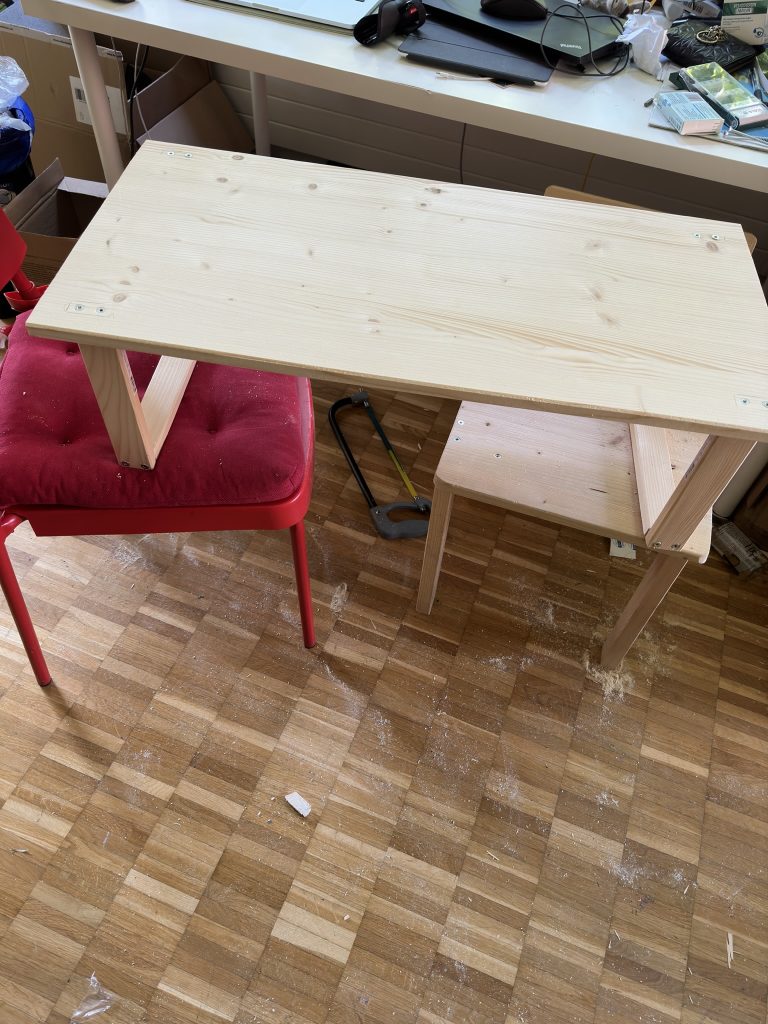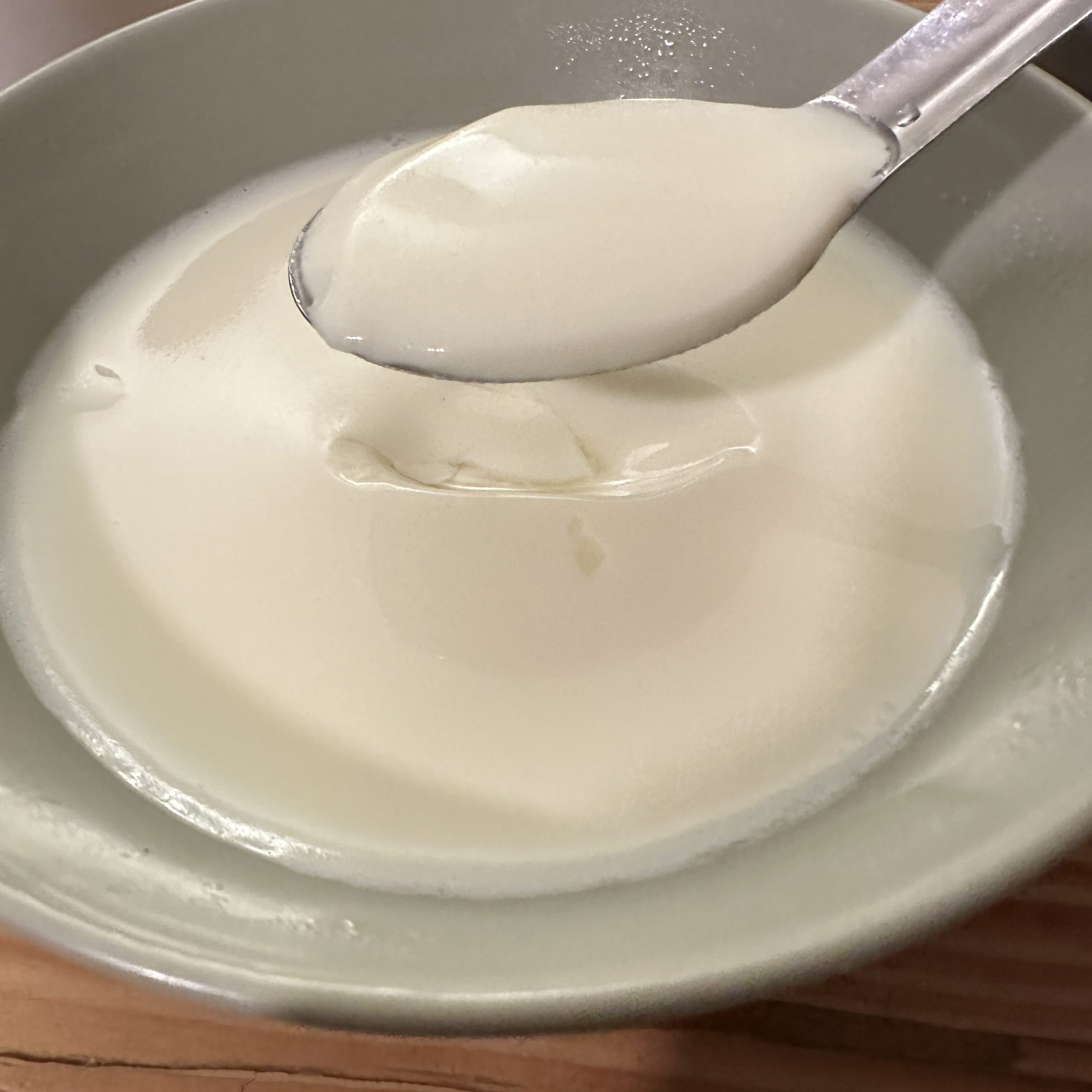This website is based on an ECS. It’s my very first experience working with it. I would like to write something about the whole process of website building and server maintenance.
Foreword
Chapter 1: START!
Why am I using “kuriko” as a domain name instead of my name or something else that is more connected to me? Honestly, I’m stumped as well. However, it is still the very first step in building such a personal homepage. Anyway, after working on solving mental problems for more than a year, it’s time to move forward.
Renting a server is much easier than before. A few clicks later, some money took its leave and the server is now under my control. I can still remember that the first day I connected to my server, I felt like I was receiving an old car as a birthday present. Even the most basic command seemed astonishing to me.
Apache, PHP, MySQL and WordPress were installed. Following the directions and guides made the whole thing more fun, but it also left me with less understanding. That caused new problems because I didn’t know enough about PHP and WordPress, so I installed old versions. I am unable to install any new plugins! After a few days of hard work, I…gave up and set up a CMS for a CMS. It was made by experts who have to take care of servers every day. After all, one couldn’t expect much from a humble-little-first-year undergraduate. That’s a great help because it frees me from programming work, and finally, I can focus on my website. It’s easier to maintain a website than a server.
To be continued …



